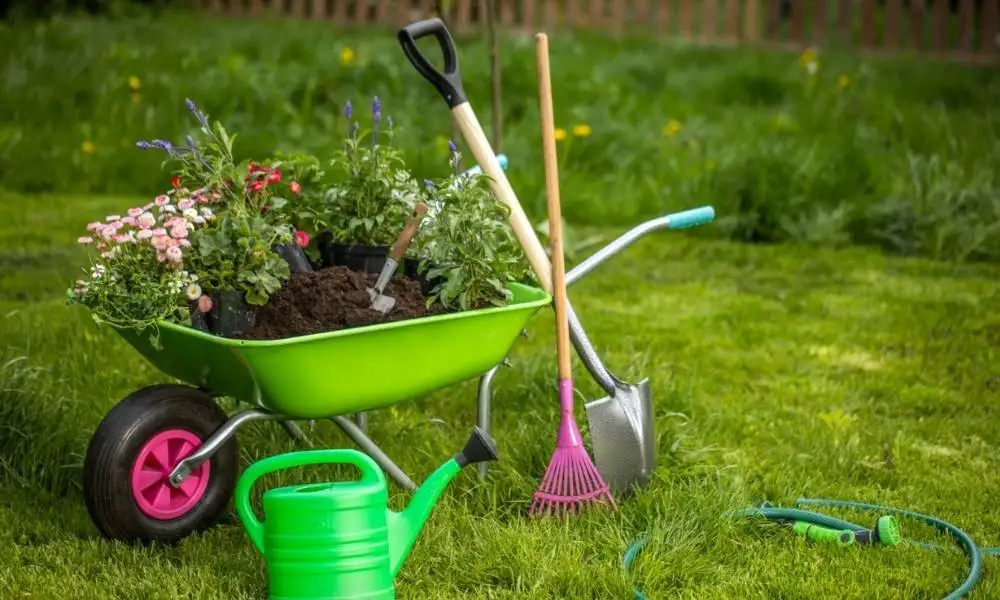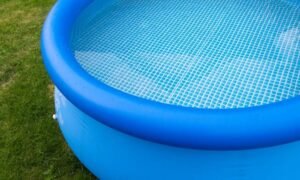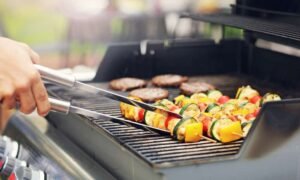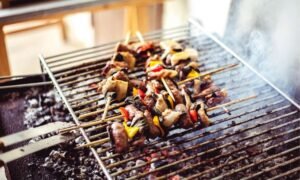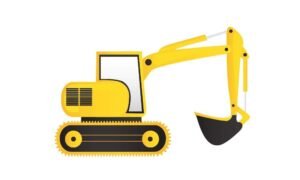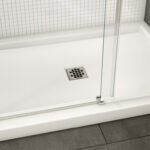Last updated on February 22nd, 2024 at 08:08 am
Gardening is a great way to get your hands dirty, exercise, and relax all at the same time. However, before you can start planting and harvesting your own vegetables, you will need the right tools and supplies. To start planting, it’s important to make sure you have the right tools. Here are some essential gardening tools for beginners.
1. Need Some Healthy Plant
If you’re looking for a way to get into gardening, or are simply looking for some new plants to add to your garden, consider adding some healthy plants to your mix. A few plants that are both healthy and easy to grow include tomatoes, bell peppers, and zucchini.
These plants are all relatively easy to grow, and they’re all packed with nutrients that are good for you. Adding these plants to your garden is a great way to get into gardening, and it’s a great way to add some healthy produce to your diet.
2. Building Healthy Soil
There are a few things to consider when building healthy soil for gardening. The first is to make sure the soil is well-drained. Heavy soils that are waterlogged will not be conducive to plant growth.
The next consideration is adding organic matter to the soil. This can be done by adding compost, manure, or leaves to the soil. Organic matter helps to improve the texture of the soil and also provides nutrients for plants.
Another important factor in creating healthy soil is adding minerals such as potassium, phosphorus, and nitrogen. These minerals help plants to grow strong and healthy. And finally, it’s important to keep soil pH balanced.
Soil that is too acidic or alkaline will not be able to support plant growth. By following these tips, you can create healthy soil that is perfect for gardening!
3. Garden Rake

A rake is an essential gardening tool. There are many different types of rakes, but all have the same basic function: to move leaves, debris, and other materials from one place to another.
Rakes come in a variety of shapes and sizes, depending on their intended use. A leaf rake has very thin tines that are spaced far apart, making it perfect for gathering leaves and other lightweight debris. A garden rake has thicker tines that are closer together, making it ideal for moving heavier materials like gravel or soil.
There are also specialty rakes designed for specific tasks. For example, a grubbing rake has long tines that are sharpened on one end, making it perfect for removing small roots or weeds from the ground.
4. Watering Can
A watering can is a gardening essential. There are many different types of watering cans on the market, so it is important to select the right one for your needs. Choose a can that is comfortable to hold and has a spout that is easy to use. If you are using a watering can for the first time, be sure to read the manufacturer’s instructions carefully.
When watering plants, it is important to give them the right amount of water. Too much or too little water can damage plants. The best way to determine how much water your plants need is to check the soil moisture levels.
If the soil is wet, don’t water the plants; if the soil is dry, then water them thoroughly. Watering cans come in many different sizes, so be sure to select one that is appropriate for your needs.
5. Garden Hoe
A garden hoe is an essential tool for the garden. It is used to break up the soil, remove weeds, and create furrows for planting seeds. There are different types of hoes, each with its own advantages and disadvantages.
The most common type of hoe is the flat hoe. It is perfect for breaking up the soil and removing weeds. The pointed hoe can be used to create furrows and is also good for removing weeds. The V-shaped hoe is best for cultivating the soil around plants.
6. Gardening Hand Gloves

If you are new to gardening, you may be wondering what tools and accessories you will need to get started. One of the most important items you will need is a good pair of gardening hand gloves.
Gardening gloves protect your hands from cuts, scratches, and other injuries while you are working in your garden. They also help to keep your hands warm on cool days and protect them from the sun’s rays on hot days.
When choosing a pair of gardening gloves, be sure to select ones that fit well and are made from a durable material. You may want to choose a pair that has rubber gripping on the palms and fingers, which will help you grip objects securely when you are working.
Some people also find it helpful to wear gardening gloves with a long cuff that can be turned up over the wrists to protect them from thorns and other sharp objects.
7. Footwear
When most people think of garden footwear, they think of a heavy pair of boots. While boots are certainly a necessary part of any gardener’s wardrobe, there are other items that can be just as useful – and often lighter and more comfortable. Here are a few suggestions for what to wear in your garden:
Sneakers or running shoes are perfect for light gardening tasks like weeding or watering plants. They’re also good for walking on uneven ground or in wet areas. If you’re doing heavier work, like shoveling soil or moving rocks, you’ll need something sturdier, like boots or work shoes.
8. Trowel
A trowel is a key tool for any garden. It is a small, handheld shovel that can be used for digging, planting, and moving soil. Trowels come in many different sizes, so it is important to choose the right one for the job.
For smaller tasks, a trowel with a narrow blade is best. For larger jobs, a trowel with a wider blade will be more efficient. Trowels are also available with different types of grips, so it is important to find one that feels comfortable in your hand.
9. Moisture Meter

A moisture meter is a key tool for any gardener. By monitoring the moisture levels in the soil, you can ensure that your plants are getting the water they need. Too much or too little water can be harmful to plants, so using a meter can help you to avoid over or underwatering.
Different plants require different levels of moisture, so it is important to choose plants that will thrive in your climate and soil type. A moisture meter can help you to determine whether or not a plant will be able to survive in your garden.
Even if you are not gardening, a moisture meter can be a useful tool for determining if your houseplants need watering. Many meters come with built-in humidity sensors, which can tell you if the air in your home is too dry.
10. Hand Pruners
Hand pruners are essential for gardening. By using a hand pruner, you can snip off dead branches, cut back overgrown plants, and shape your plants the way you want them.
Hand pruners come in different sizes and styles, so it’s important to choose the right one for the job. There are three main types of hand pruners: bypass, anvil, and hedge.
Bypass hand pruners have two blades that pass by each other when you cut. They are ideal for cutting live wood because they don’t crush the stem as anvil pruners do.
Anvil hand pruners have a single blade that smashes against a stationary surface when you cut. They are good for dead wood and trimming hedges. Hedge hand pruners have curved blades that are designed for cutting twigs and small branches.
11. Shovel
Shovels are one of the most versatile tools in a gardener’s arsenal. They can be used for digging, weeding, aerating soil, and transplanting.
A good shovel should have a sharp edge so that it can easily slice through the soil, and a comfortable grip to make it easy to hold. There are many different types of shovels available on the market, so it is important to choose one that is best suited for your needs.
12. Spade

A spade is one of the most essential tools for gardening. It is used to turn over the soil, break up clumps, and remove weeds. The best spades are made of forged steel and have a sharpened edge that can easily cut through the soil.
There are many different types of spades available, so it is important to select the right one for the job. A small garden might need a narrower spade while a larger garden might require a broader spade.
13. Wheelbarrow
Wheelbarrows are a gardening essential. They make it easy to move soil, plants, and other materials around the garden. There are many different types of wheelbarrows available on the market, so it is important to choose the one that is best suited for your needs.
The most important factor to consider when choosing a wheelbarrow is its capacity. If you plan to use it for moving large quantities of material, you will need a model with a large capacity. If you only need to move light loads, a smaller wheelbarrow will work fine.
Another thing to consider is the type of terrain you will be using your wheelbarrow on. If you have a lot of hills or rough terrain, you will need a model with larger wheels that can handle these conditions. Finally, consider your budget when choosing a wheelbarrow.
Final Thought on Essential Gardening Tools for Beginners
In conclusion, there are many essential items that are needed for gardening. With these tools and accessories, you can make your gardening experience more enjoyable and successful. Be sure to have all of the necessary items before you start planting!
